Affiliate links on Android Authority may earn us a commission. Learn more.
How Enhanced HD Voice makes your calls crisp and clear
Updated on September 27, 2017
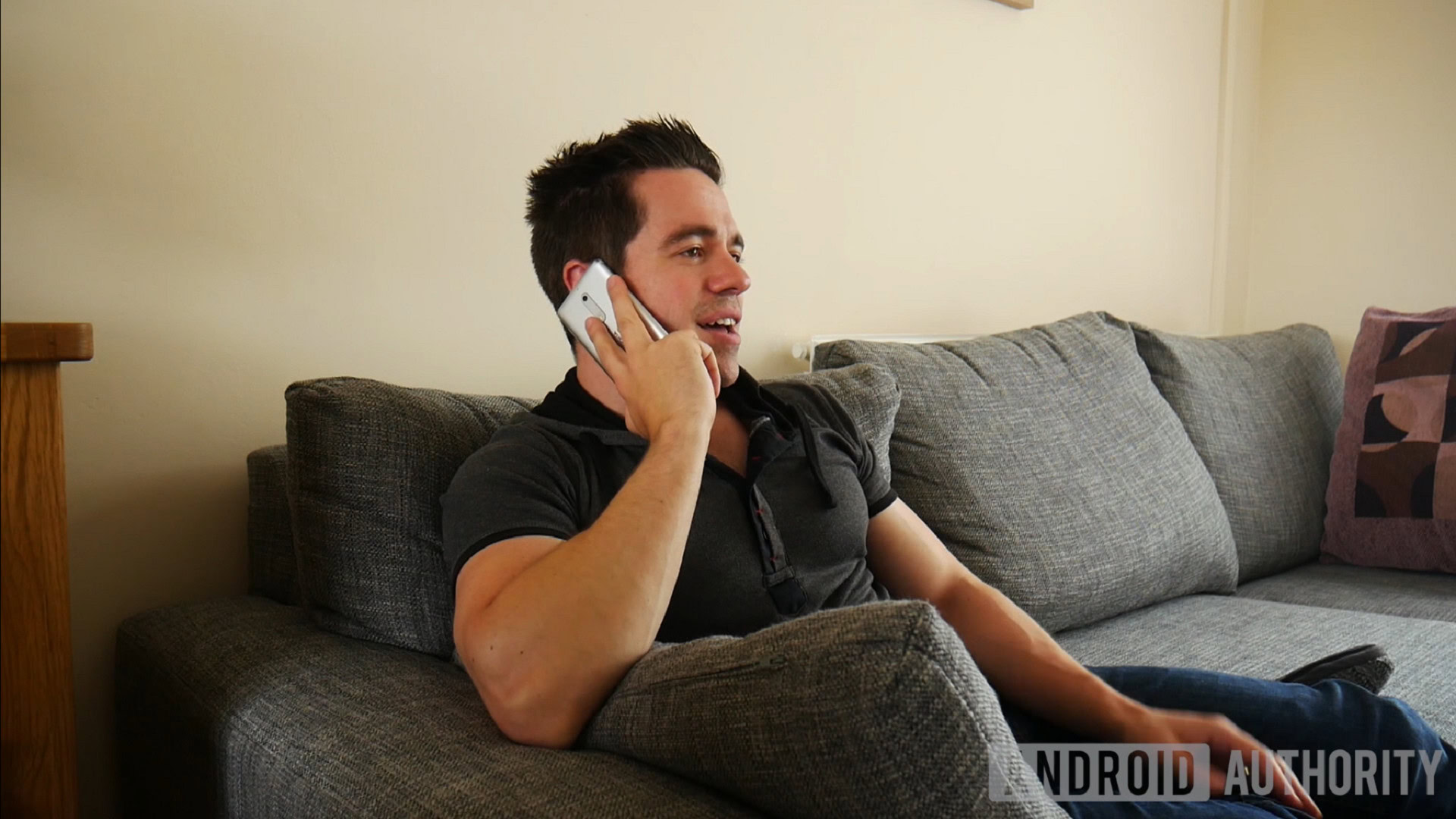
While we may all use our smartphones for a million and one different things these days, they’re also “surprisingly” useful for making phone calls. Hardware enthusiasts may forever be fawning over new display and processing technologies, but smartphone call quality has been receiving some rather less talked about upgrades over the past few years.
4G networks have been using voice over LTE (VoLTE) enhancements for a while now, and a number of carriers have been switching on Enhanced HD Voice capabilities recently too, a technology which aims to improve call quality even further. In the US, T-Mobile turned on its Enhanced HD Voice technology back in 2016, and EE has just become the first network in the UK to catch up. You may already be using it, or perhaps your carrier has yet to flip the switch, but here’s everything you need to know about the best mobile call quality out there.
Enhanced HD Voice and VoLTE
If you’re a smartphone enthusiast, you probably heard about terms like HD Voice and VoLTE bandied about back in 2014, when many US networks switched on their improved voice calling capabilities. VoLTE superseded VoIP on older HSPA+ networks. Rather than being a competitor to these technologies, Enhanced HD Voice is simply the next generation, designed to further improve call quality on today’s 4G networks.
In a nutshell, Enhanced HD Voice (EVS) offers up better call quality and a more consistent sounding connection, even over HD Voice.
All of these technologies are designed to send voice data over your LTE connection, rather than relying on the older voice network. A few generations ago, smartphones could use 4G and HSPA+ for fast data but had to drop back to 3G and 2G networks for voice calls, meaning that call quality didn’t improve despite these network upgrades. The introduction of VoLTE fixed this issue, allowing for more voice data to be sent over faster 4G networks, providing that your phone supported the technology.
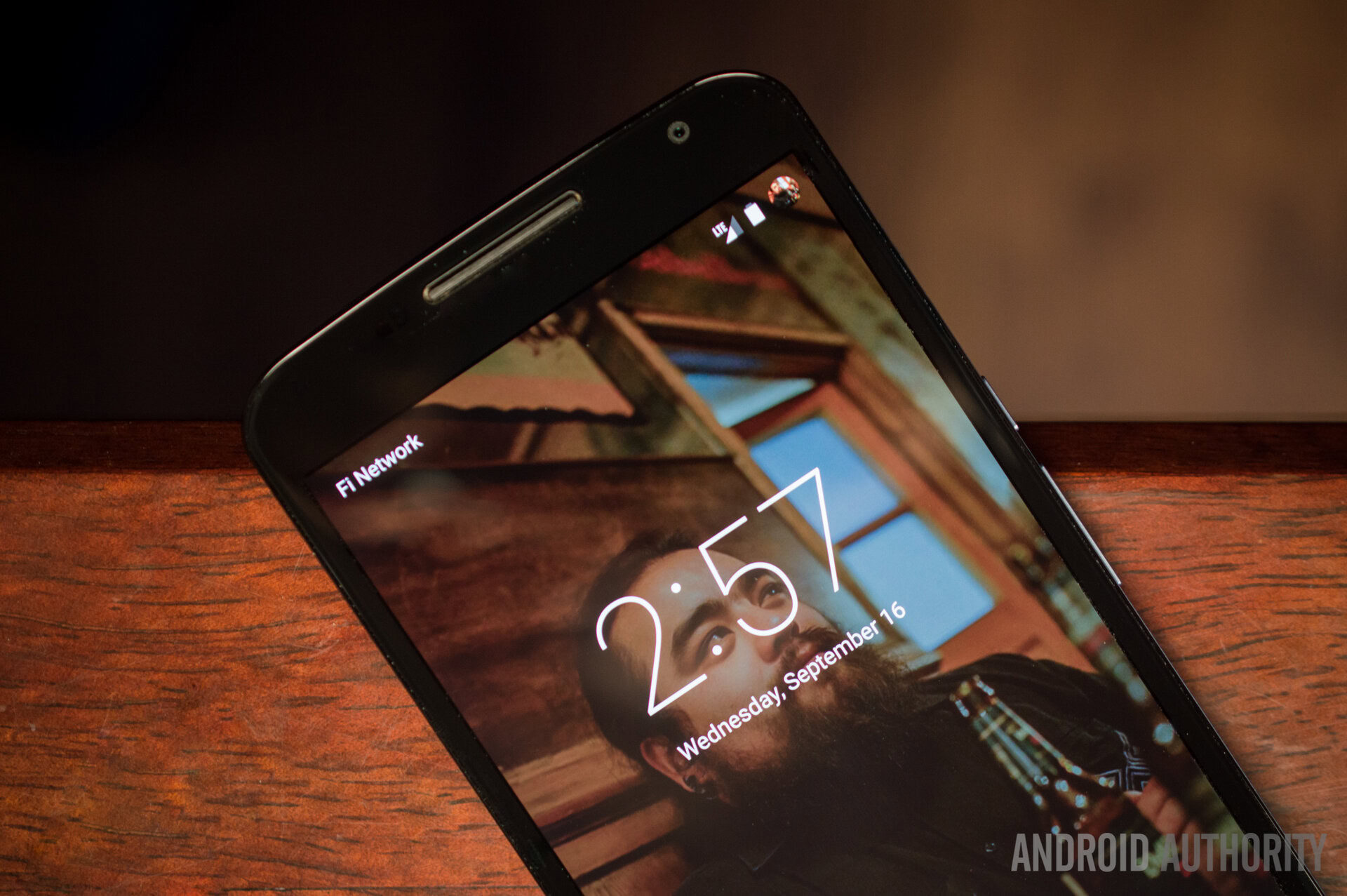
Technical publications now refer to this latest iteration as the Enhanced Voice Services (EVS) codec. The specification was finalized back in 2014 with the launch of the 3GPP’s Release 12 for 4G LTE networks. Importantly, it’s backwards compatible with the original HD Voice, so call quality will remain high even when using older handsets.
What exactly do you get with Enhanced HD Voice? In a nutshell, the technology is designed to improve the bandwidth available for voice, decrease delay jitter, and help prevent packet-loss. What this means for users is better sounding, clearer calls and smoother voice and video conferencing than ever before. The technology works across 4G and WiFi calling connections.
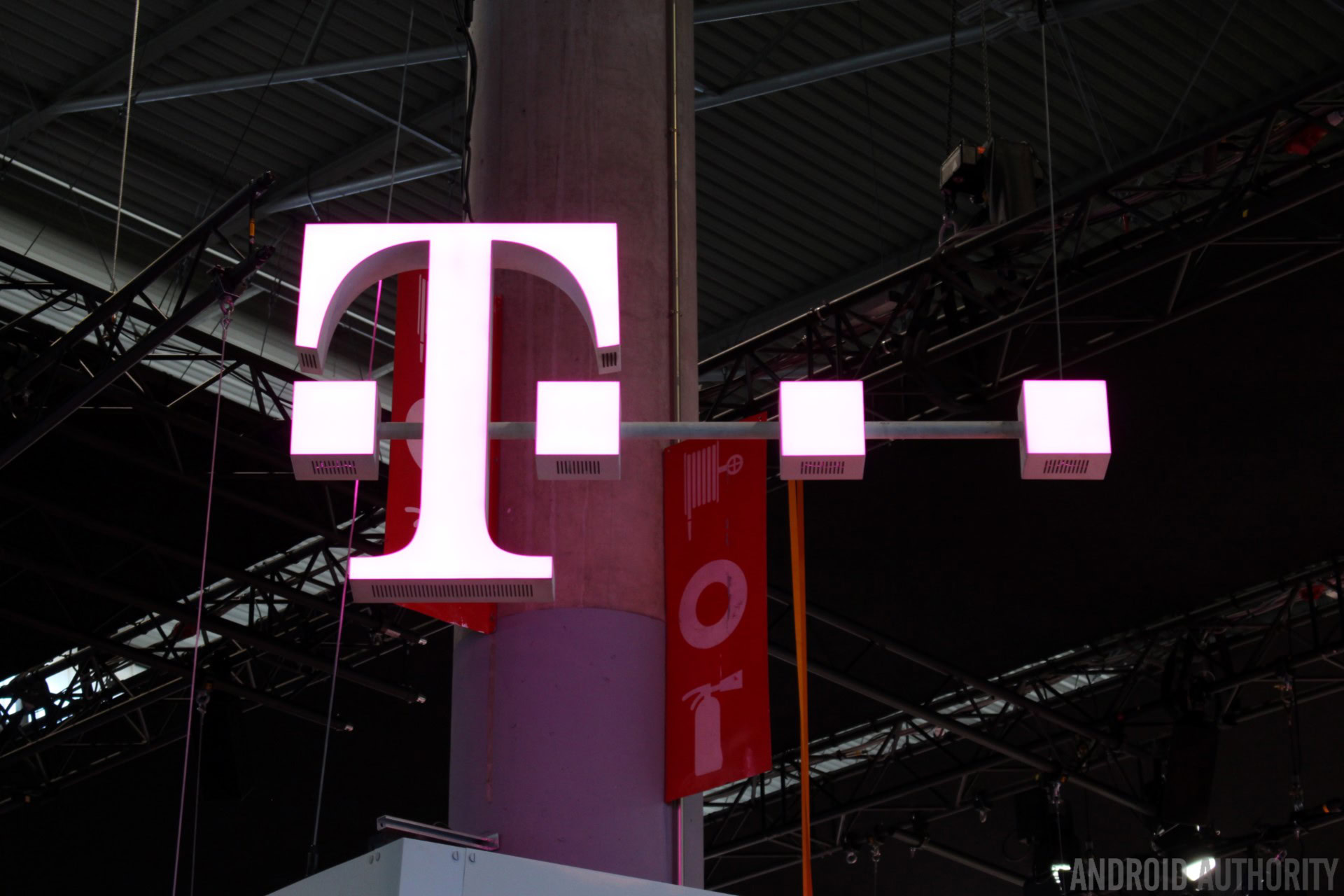
How does Enhanced HD Voice work?
If you’re after a more technical explanation about what Enhanced HD Voice does, then you’ve come to the right place. Starting with the improved delay jitter and packet loss capabilities, jitter buffer management (JBM) reduces the impact of variable transmission times and latency, ensuring that calls seem more consistent. There’s also an error concealment mechanism to mask over any missed packets, so again calls should seem smoother even if your connection temporarily slows down or drops.
Enhanced HD Voice also works using a source controlled variable bit-rate (SC-VBR) scheme. This means that the amount of data sent over the network is determined by what’s being recorded, such as lowering the bit-rate when there’s silence, and the quality of your current LTE connection. The EVS codec supports a wide range of bit-rates, ranging from 5.9 kbps up to 128 kbps, across Narrowband, Wideband, Super-wideband, and Fullband bandwidths.
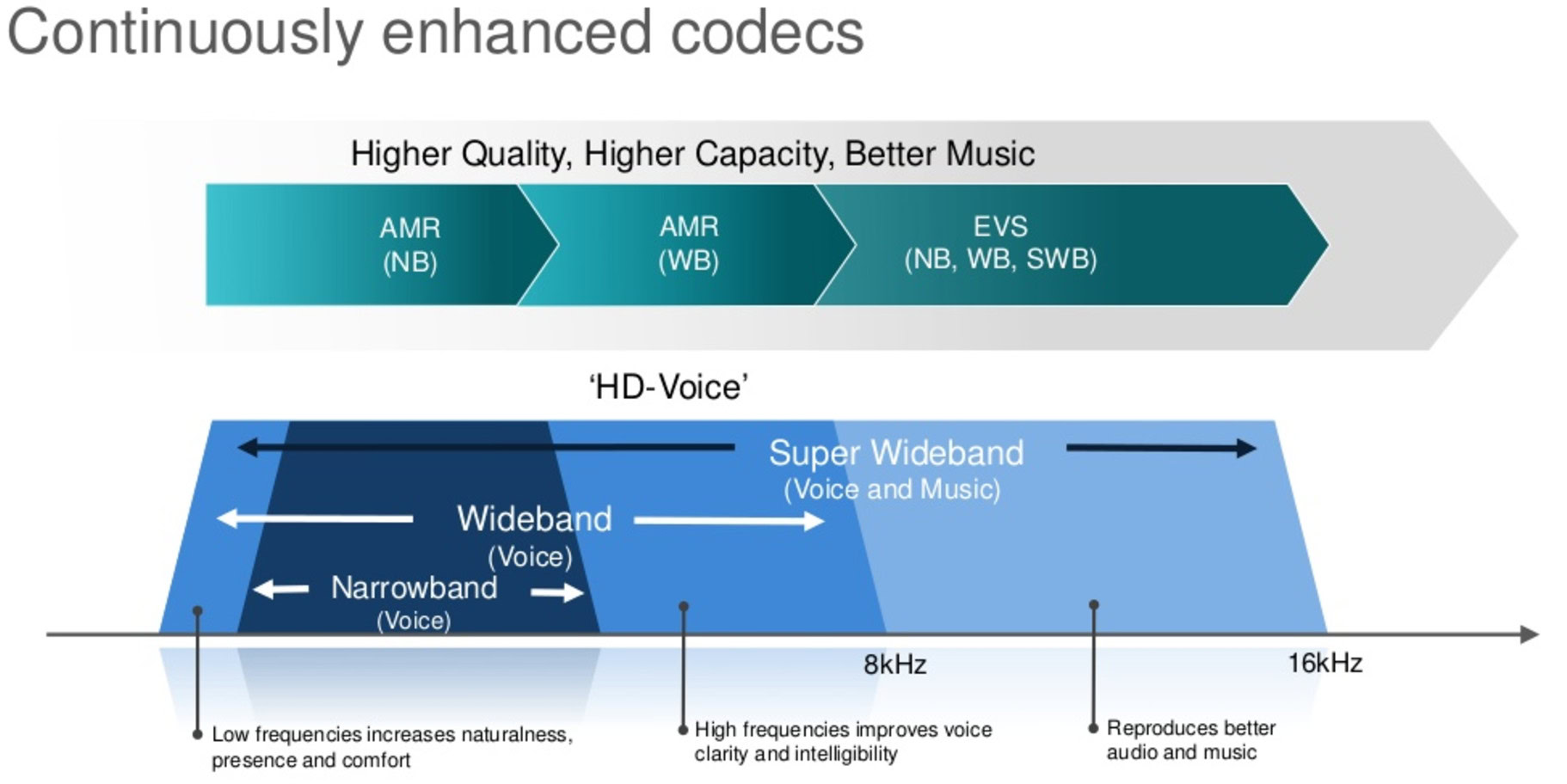
EVS supports up to 20 kHz of audio frequency data, up from 7 kHz with HD Voice, and 3.5 kHz with traditional narrow band voice.
To put this in terms of voice quality, the EVS codec is the first implementation to support up to 20 kHz of audio frequency data using Fullband. 20 kHz is approximately the full audible spectrum, which comes very close to matching what you’ll get from various music codecs. However, based on the bit-rates, you’re still getting some considerable compression, although this is tailored around the voice profile rather than music, so its quality is highly suitable for its purpose.
The previous AMR-WB codec used by HD Voice only supported a maximum of 7 kHz worth of audio content, which improved over the 3.5 kHz of data available from early narrowband voice. While 7 kHz is already enough to encapsulate the human voice very well, upping the amount of audio data to 20 kHz means that there’s the possibility of sending a broader range of audio over voice without impacting quality, as well as generally improving the sound of the mixed content environment you may be talking in. Speaking of which, the EVS codec also includes optional extra modes for music and stereo audio too.
Compatible smartphones
The trick, as with all new technologies, is that you’re going to need a compatible smartphone and network operator. Tracking down exact models with support is tricky, as many manufacturers don’t mention EVS on their spec sheets. However, we do know that Qualcomm introduced support for EVS with the arrival of its Snapdragon X12 LTE modem.
This modem, and the newer X16 LTE, are found inside Qualcomm’s high end Snapdragon 835, 821, and 820 mobile platforms. Less expensive mid-range chips are also utilizing the X12 LTE modem, which can be found in the Snapdragon 660 and 630.
So there are a lot of smartphones on the market already that can support Enhanced HD Voice calling, and they won’t all break the bank either. However, it’s still up to OEMs to support this in software and for carriers to support the higher quality calls on their network.
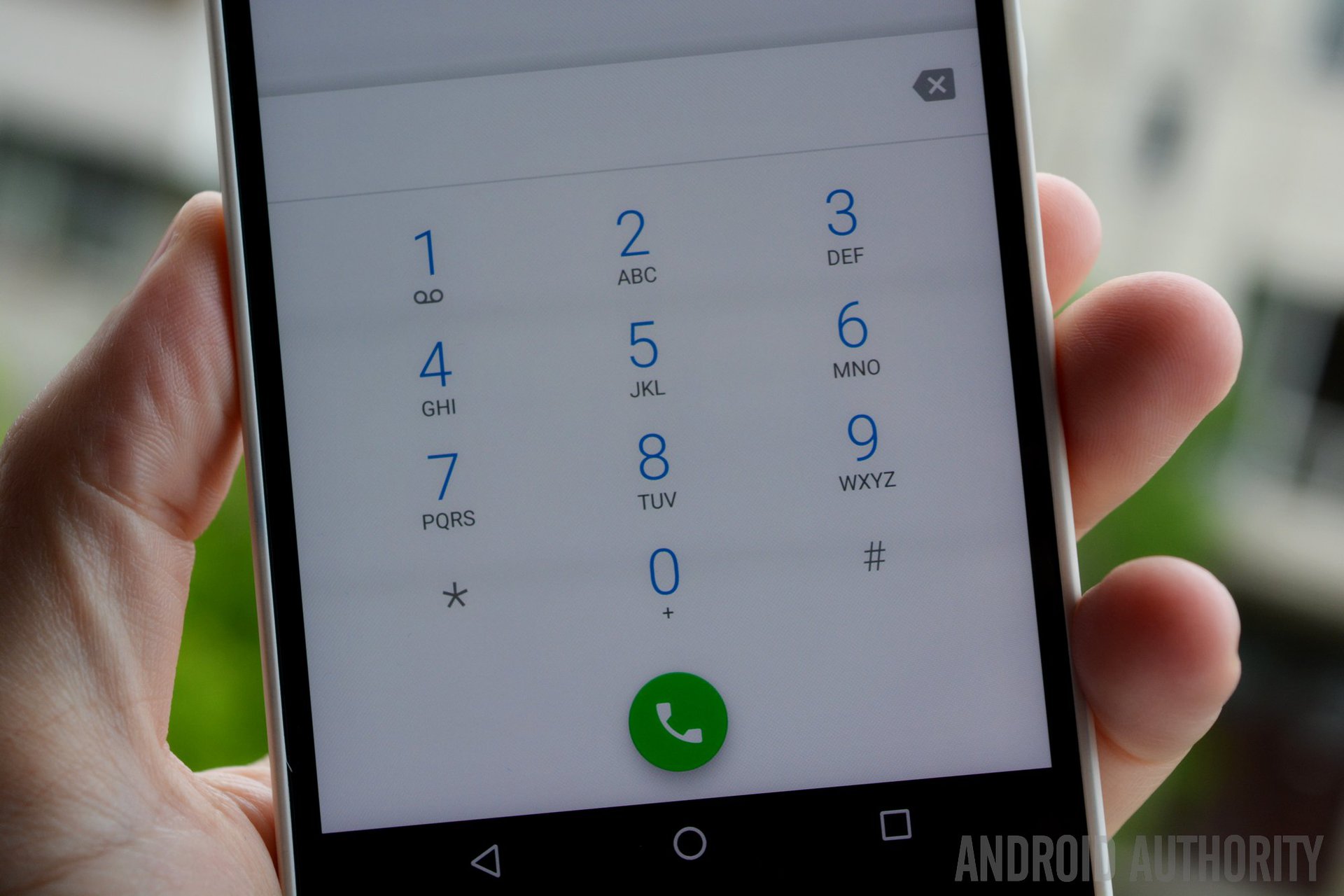
Wrap Up
Although some countries and carriers have already had Enhanced HD Voice capabilities up and running for a year or more, others are yet to flip the switch. We’re bound to hear more about the technology over the coming months and years.
Support for Enhanced HD Voice isn’t going to make or break many users’ smartphone experience – or their banks. But if you still use your phone primarily for voice calls, it’s good to know that call quality is also being improved, along with every other facet of your smartphone.